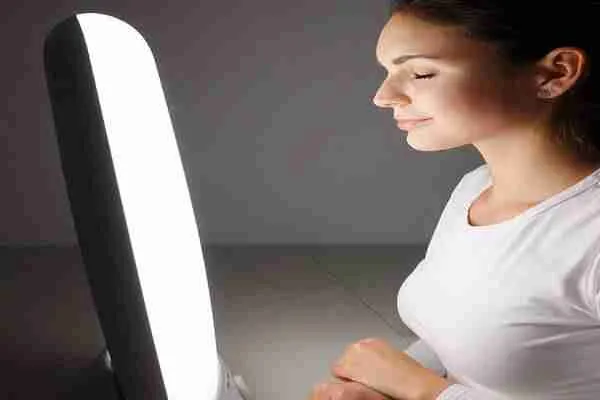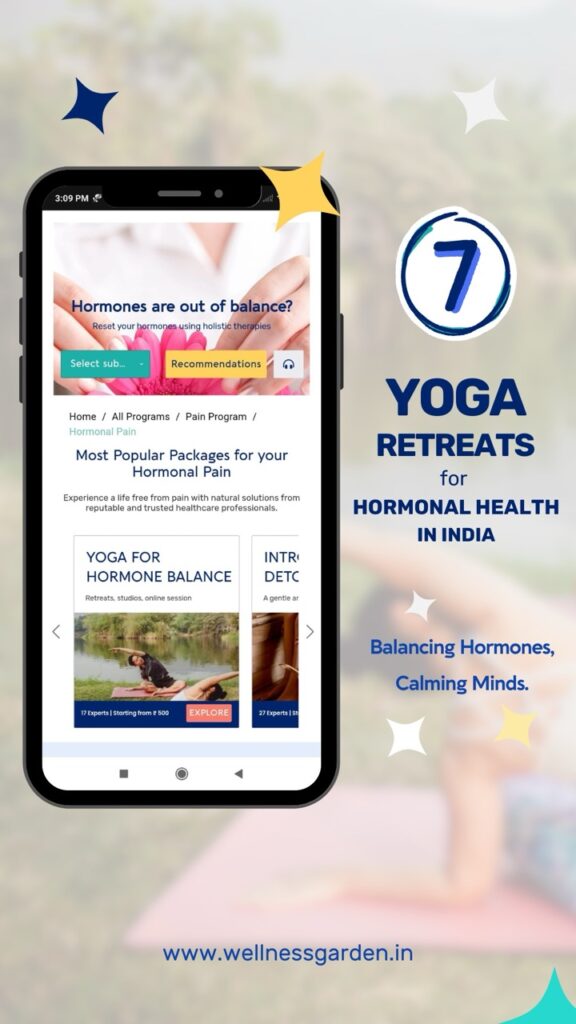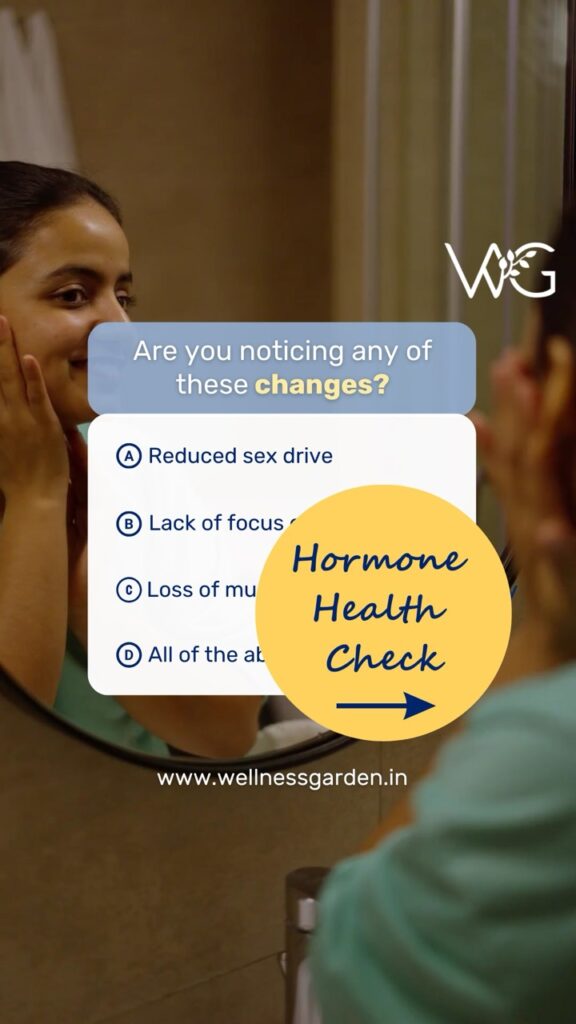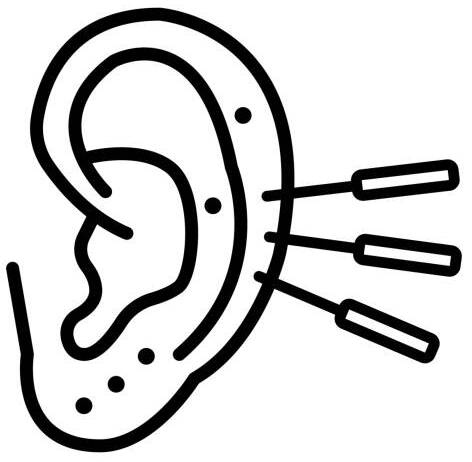Ultraviolet Light Therapy for Treating Disorders
- Specialties & Therapies
- 4 mins
- March 6, 2023
- Dr. Michele Leno
- Mind & Senses, Phototherapy
Light therapy, also referred to as phototherapy or ultraviolet light therapy, harnesses the potent influence of light on various brain functions. Backed by clinical evidence, it has shown promise in treating conditions like depression, cognitive impairment, chronic pain, and sleep disorders.
Alterations in lighting conditions can profoundly impact physiological and behavioral functions, including mood, cognition, and circadian rhythm. For individuals, light therapy offers relief from depression, enhances cognitive abilities, and alleviates pain symptoms.

Introduction of ultraviolet Light Therapy
Several different alternative therapies are used in the treatment of psychological disorders. One of the effective therapies is Light Therapy, also known as Bright therapy or Phototherapy, during which an individual is advised to sit or work near a light therapy box. The light given off by the box mimics the natural outdoor light which has been found effective in treating Major Depressive Disorders, Seasonal Affective Disorders (SAD), Sleep Disorders, etc. In this article, you will learn more about the principle behind light therapy and its many benefits.
In a recent report, for emotional wellness, natural sunlight is the most beneficial. However, some seasons bring longer nights and shorter days,” explains Michele Leno, PhD, LP, a licensed psychologist and the founder of Detroit, Michigan’s DML Psychological Services, PLLC.
According to Leno, ” ultraviolet light therapy is the next ideal thing for some people.” “A light therapy light up can enhance mood and energy, even though it might not treat depression or remove the need for therapy.”
The history of Light Therapy
Light therapy, narrow band ultraviolet light therapy, rooted in ancient practices like heliotherapy, evolved into modern phototherapy in the late 19th century. Pioneered by figures like Niels Finsen and John Harvey Kellogg, it gained recognition for treating various conditions, including tuberculosis and skin ailments. However, misuse led to restrictions in the 1930s. Since then, it has seen a resurgence, expanding into diverse medical fields, from dermatology to oncology, offering promising avenues in supportive cancer care and neurological disorders. Despite past setbacks, modern techniques are reigniting interest in light therapy.
How does Light Therapy work?
Research indicates that insufficient exposure to sunlight can contribute to Major Depressive Disorders and Seasonal Affective Disorders, particularly prevalent during the fall and winter seasons with reduced sunlight. Narrow band ultraviolet light therapy offers a solution to this issue. During light therapy sessions, individuals sit near a light box emitting strong light, typically ranging between 2,500 to 10,000 lux. Lux is the unit of measurement for light intensity.
A ultraviolet light therapy box replicates natural outdoor light. It’s believed that this light stimulates a chemical change in the brain, alleviating mood and mitigating symptoms of Seasonal Affective Disorder (SAD), such as fatigue and excessive sleepiness.
Ideally, a light box should:
- Provide exposure to 10,000 lux of light.
- Emit minimal UV light.
Principle of Light Therapy
The success of ultraviolet light therapy is still under study. One theory behind its success is that the production of serotonin, the “feel-good” brain chemical, is naturally triggered by light, thereby, alleviating depressive moods.
The ultraviolet light therapy sessions typically last for 10-15 minutes but the duration will vary upon the light intensity used in the session. The more powerful the light box, the shorter the session will be. These sessions usually start from the fall season and go on till early spring, as during this period depressive moods are known to set in due to lack of sunlight.
The key elements for effective Light Therapy
The proper combination of light intensity, duration, and timing is supposed to be the key factors that determine the success of a narrow band ultraviolet light therapy session.
- Light intensity – For treating SAD, the most effective method is to use a lightbox, having an intensity of 10,000 lux, kept at a distance of 16-24 inches from your face.
- Duration – Lower light intensity boxes (2,500 lux) will require longer sessions and with the increase in intensity, the duration of the session decreases. For newbies, sessions are usually kept short and increased over time.
- Timing – The light therapy schedule varies between individuals. Largely, sessions performed early in the morning after you first wake up are the most effective.
Benefits of Light Therapy
Ultraviolet light therapy, although can have a few mild side effects for some people, has proven beneficial for treating a large number of depressive and seasonal disorders. This type of therapy is a non-invasive alternative therapy that can be performed conveniently and safely on your own but under the therapist’s guidance.
Conditions treated using Light Therapy
Light therapy can be used to treat several conditions:
- Seasonal Affective Disorders (SADs).
- Major Depressive Disorders.
- Jet lag.
- Sleep disorders.
- Adjusting to working night shifts.
- Dementia.
- Psoriasis – performed by the physician/therapist.
Recommendations & side effects of Light Therapy
Light therapy is considered a safe treatment method but it has some minor and short-lasting risks associated. Hence, it is important to use this therapy only after a professional consultation. You should keep your therapist in the loop at all times regarding how the sessions are going.
Some of the risks associated with ultraviolet light therapy are:
- Dry eyes and nose.
- Headache.
- Nausea.
- Irritability or agitation.
- Insomnia.
- Hypomania is an extended period of heightened mood.
Successful in easing the symptoms of various disorders, light therapy helps increase energy levels and will make you feel better about life and self. You will start seeing positive results of this therapy in just a few days. Make sure you consult a professional for advice on what is the best approach for your condition and how can you reap the benefits of light therapy.
If you’re interested in practicing the aforementioned ultraviolet light therapy under our guidance, feel free to get in touch with us for personalized light therapy Consultations and more.
A Word From WG
Wellness Garden is your committed partner in seeking comprehensive natural and holistic therapies to address all your pain and wellness requirements. Our approach encompasses the entirety of your body, mind, and environment, integrating body, mind, and nutrition therapy and various other techniques.
Whether you’re facing physical or mental health concerns, life hurdles, or simply aiming to enhance your overall well-being, we’re here to provide the support you need. Get in touch with us to explore the possibilities and embark on your journey towards holistic therapy and improved health.
- Table of Contents
- • Introduction
- • How Light therapy works
- • Uses & Benefits
- • A Word From WG
Recent Posts
Join Our Newsletter
End note from WG Team
Dr. Geetha Kamath
Physician
Disclaimer: This information is provided for educational purposes and should not be construed as medical advice. Please consult with healthcare practitioners before undertaking any changes in wellness routines or adding new therapies.
Latest Blogs
Check out some of your blogs related to your interest.
- July 8, 2025
- Dr. Michael Breus
- 2 Mins

- July 6, 2025
- Dr. Harsha Unnikrishnan Nair
- 3 Mins
- July 2, 2025
- Harvard Health
- 2 Mins

- June 7, 2025
- Hopkin Medicine
- 2 Mins







